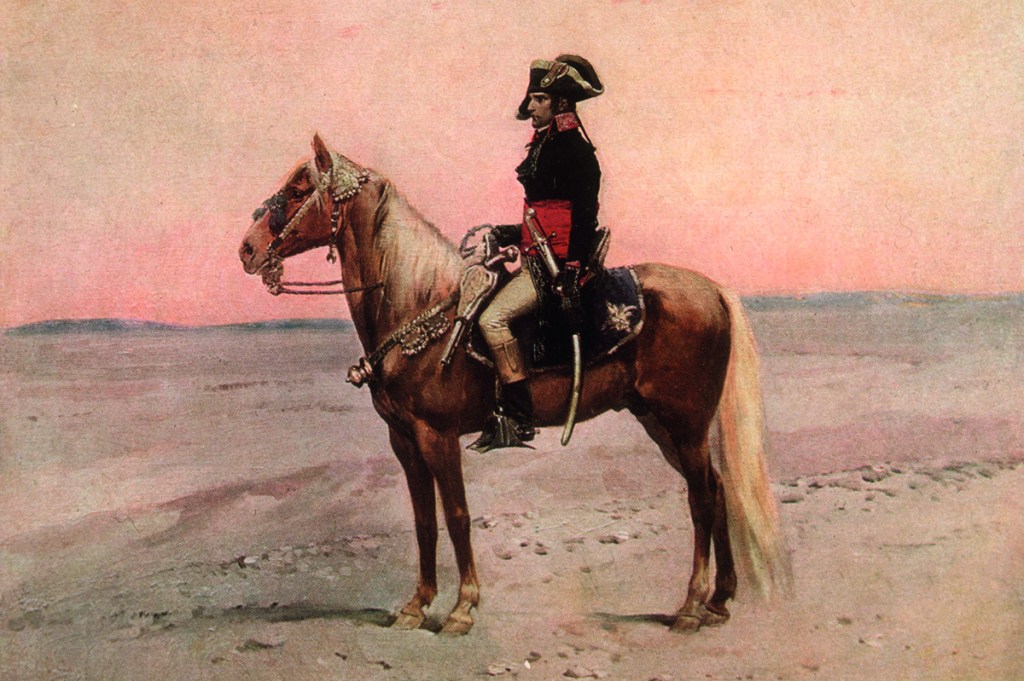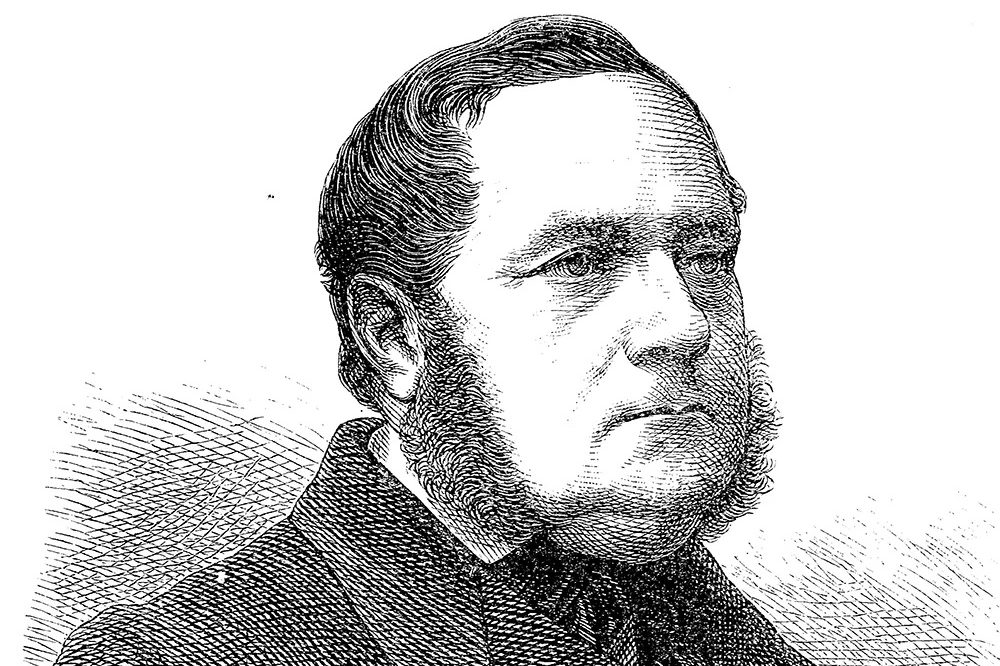On January 1, 1806, a little over one year after his coronation, the Emperor Napoleon ordered the abolition of France’s new republican calendar and a return to the old Gregorian model. Over the past seven years republicans had grown used to ‘empire creep’, but even for those who had been forced to watch the principles of the revolution dismantled one by one and a republican general metamorphose into Emperor of the French, this last insult carried a peculiarly symbolic charge.
For all its engaging dottiness — each new year, coinciding with the autumnal equinox, would begin on a different date — the short-lived republican calendar had embodied some of the most attractive and fragile dreams of the revolution. Instituted in 1793 and backdated to the founding of the republic, it represented not just a break with a calendar ‘soiled on every page with the prejudices and falsehoods of the throne and the church,’ but a recognition and celebration of man’s place in the natural world. Ruth Scurr explains:
‘It was divided into 12 months of 30 days, each with names that were neologisms inspired by nature… In the new calendar, the weeks were 10 days long and each of the days was named after a plant, animal or tool used by agricultural laborers… turnip, chicory, medlar, cauliflower, truffle, olive, orange and so on. The extra five (or six in a leap year) days left over from decimalizing the Gregorian calendar were called “Sansculottides”, or without-breeches days, in honor of the nickname given to the ordinary revolutionaries who turned out on the streets…to protect the new republic.’
It is the ambivalent relationship of Napoleon — the man who consigned Brumaire, Frimaire, Thermidor, Fructidor and all the rest of the revolution’s newly minted months to a semi-comic footnote of history — to the natural world that is the subject of Scurr’s new biography. The last thing that anyone needs, as she is the first to recognize, is another conventional life, and what she has done instead is ‘ground’ Napoleon, as she puts it, from his Corsican childhood and schooldays at Brienne to his last residence on St Helena, ‘in a series of gardens where the shadows he casts are various and changeable, plural not singular’.
‘Everything makes sense,’ Amanda Foreman is quoted as saying on the dust jacket, ‘once you realize this was a man obsessed with making nature go his way’; and that is not quite as improbable as it might first sound. There is little in this book that suggests that Napoleon’s ideas about gardens or his tastes were original or interesting, and yet the man we see through these gardens — the lover of straight lines and grandiose schemes — is only too recognizably the same centralizing, controlling micromanager who set out to impose his will on Europe and his civil code on France. ‘Napoleon’s determination to impose order on the chaos bequeathed by the revolution,’ Scurr writes — she is talking of his management of the Fontainebleau forest, but her remark has a far wider application — ‘extended beyond the social to the natural world’:
At the heart of the civil code was the inviolable right to property. All attacks on property, even non-human ones, were to be eliminated. Goats were not the only culprits. Wolves and badgers, caterpillars and parasites became the targets of elimination campaigns.
Scurr’s approach pays some real dividends — rich details, fresh perspectives, a different cast of characters — but if her Napoleon the Gardener is essentially one with the Napoleon we all think we know, he is a curiously diminished version. There is no question that he brought to his gardening projects the same energy and inquiring mind he brought to everything he did, and yet there is so vast a gulf between tidying gardens and sweeping away the 1,000-years’ rubble of the Holy Roman Empire, between grafting trees and grafting the Bonaparte name on to the royal houses of Europe, that anyone coming fresh to Napoleon’s life (if there is such a reader) might easily end up wondering what all the fuss was about.
It is not that Scurr can’t do the other thing — her impressive biography of Robespierre is proof of that — but after the heroic early years of the revolution, parterres and palaces can inevitably seem pretty pallid stuff. After the horrors of the Terror a quiet time might well have been precisely what France wanted and needed, but it was not what it got; and it is hard not to feel, unfair as it is, that all the creative and destructive energies and drama of the Napoleonic age lie somewhere beyond the scope of this book.
There is, admittedly, a regular, if slightly cursory, nod in the direction of the bigger picture — a couple of pages on the Russian campaign, for instance — and perhaps in the end the enduring image of Napoleon that Scurr leaves us with is at least as true as the Napoleon of his own mythmaking. In her penultimate chapter she extracts every last symbolic ounce that is to be had out of the garden at Hougoumont, but it is the Napoleon of St Helena and not Waterloo or Austerlitz who haunts the imagination here: the caged exile reduced to the Lilliputian ‘empire’ of his Longwood estate, battling a governor — the unspeakable Sir Hudson Lowe — who would not bend, a climate that would not relent and an illness that could only end one way. ‘There is a fatality attached to me,’ he bitterly complained. ‘Everything I love, everything that belongs to me, is immediately struck: heaven and mankind unite to persecute me.’
Histrionics, perhaps — but not so far from the mark. Napoleon could abolish the republican calendar with its celebration of the seasons but — as the Russian snows and the Egyptian sun should have taught him — those natural and political worlds he had tried to master would have their revenge. He put birds in cages and they died. He put fish in ponds and they died. He laid down paths and parterres and they disappeared, along with him, back into the earth. Not the whole story, of course, and not the Napoleon whose body would be exhumed and now lies in Les Invalides, but one, nevertheless that needs remembering.
This article was originally published in The Spectator’s July 2021 World edition.

























